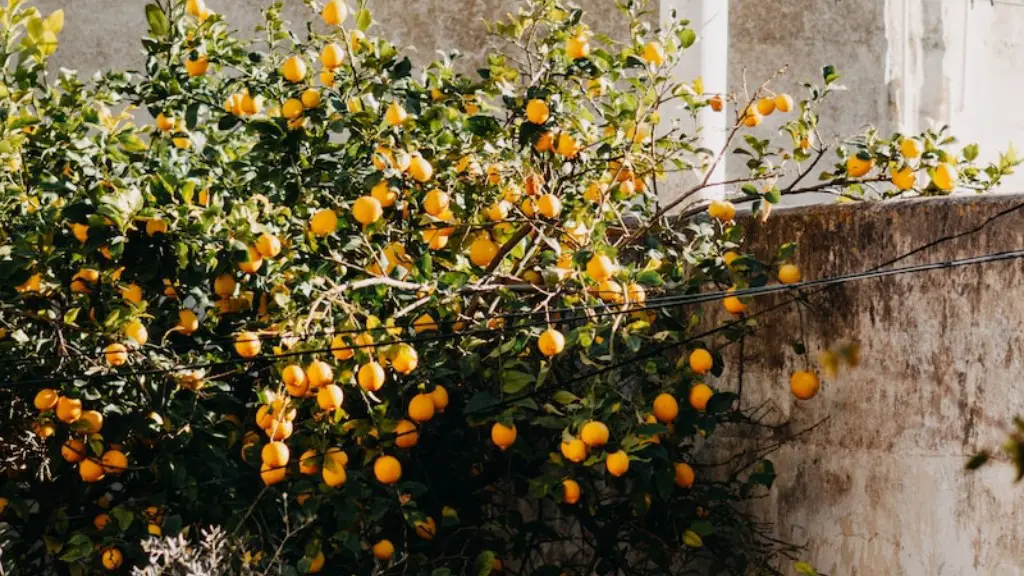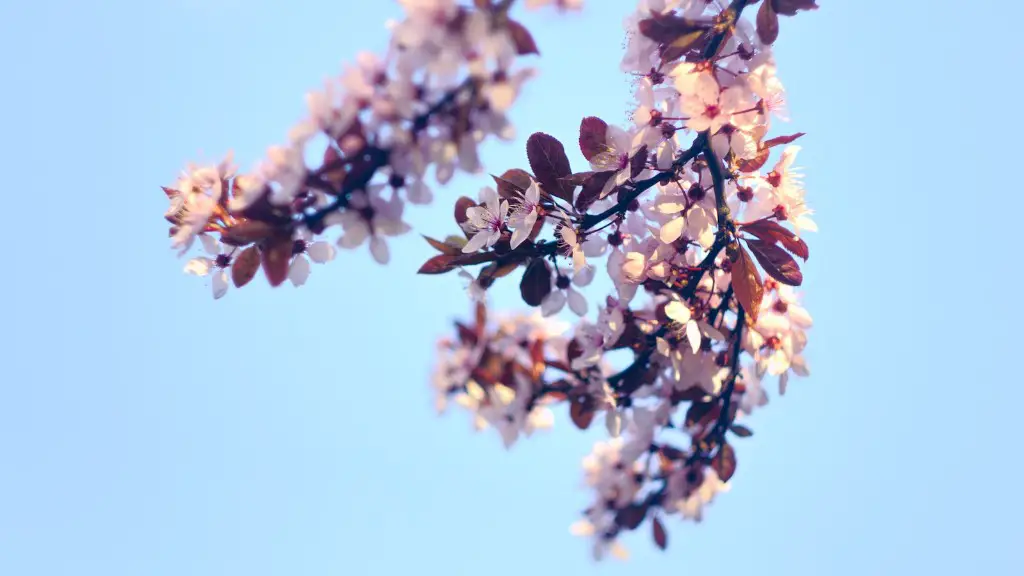When it comes to choosing the best lemon tree to plant, it’s important to know what your specific needs are for your climate and conditions. Lemon trees vary in size and type, and depending on your circumstances, there are a number of trees that could be the best choice.
The most common type of lemon tree is Citrus limon, also known as the true lemon. This tree can grow up to 20 feet tall. Its fruits may vary in size and the flavor is tart, but the skins are smooth and not as coarse as other varieties. It’s a good option for colder climates and can produce up to 200 lemons on a healthy tree.
Eureka lemons are a larger variety of citrus limon. They’re characterized by their round shape and bumpy yellow skin. The flavor is exceptional and very juicy, making them ideal for dishes that require a strong citrus flavor. Eureka lemon trees are also good for colder climates and can produce up to 250 lemons on a healthy tree.
Another popular choice for the home gardener is the Meyer lemon. This variety has a slightly thinner skin than other types of lemon trees and produces smaller fruits. The flavor is slightly sweeter and more buttery than that of a regular lemon. Meyer lemons are best for warmer climates and can produce up to 100 lemons on a healthy tree.
There are also a number of other varieties of lemon trees available, including pink lemons, Mexican limes, and kumquats. All of these options have their own unique flavor and characteristics, and the best choice for you depends on your climate and the flavor you prefer.
Citrus Limon
Citrus Limon, more commonly known as the true lemon, is one of the most popular lemon trees to plant due to its hardiness and simple maintenance needs. It is also typically disease-resistant and cold-tolerant, allowing it to thrive in cooler climates. The tree grows to an average of 15-20 feet tall, with nearly thornless branches that produce petite, tart lemons with smooth skins. True lemons can produce up to 200 lemons on an average growing tree.
Eureka Lemons
Eureka Lemons are quite a bit larger than true lemons, averaging around three inches in diameter, and boast a distinctive, bumpy yellow skin. With exceptional flavor and juiciness, they are ideal for dishes that require a robust citrus flavor. Although Eureka lemons can be grown in cooler regions, they are best suited for climates with consistent, warm temperatures, and can yield up to 250 lemons when grown on a healthy tree.
Meyer Lemons
Meyer Lemons, named after Frank Meyer who imported them to the United States in 1908, are prized not only for their fragrant aroma and distinct flavor, but also because they are relatively easy to cultivate. With a thinner skin and sweeter taste than a true lemon, Meyer lemons are best suited for warmer climates and are slightly more sensitive to cold. On a healthy tree, Meyer lemons can yield up to 100 fruits.
Other Varieties
In addition to the three primary varieties of lemon trees, there are many other types of citrus fruits that can be grown. Pink lemons, Mexican limes, and kumquats are all popular and have their own unique flavors and characteristics. Deciding which type of lemon tree is best for your climate and needs is an important factor in achieving the optimal yield and fruit quality.
Soil and Fertilizer Requirements
Lemon trees tend to respond best to soil and fertilizer that is slightly acidic in nature, usually around a pH of 6 to 6.5. When planting the tree, it is best to mix equal parts compost and peat moss, or one part compost to two parts soil-based fertilizer, for optimal health and growth. For established trees, compost tea or a compost-based fertilizer are also good options.
Pruning and Maintenance
Proper pruning and maintenance of lemon trees will help ensure an abundant crop of larger, more flavorful fruits. Pruning should be done in mid-summer and should focus on keeping a well-balanced canopy to help promote better airflow and light penetration throughout the tree. Removing dead branches and any stems that are crossing over each other should also be done periodically.
Insects and Diseases
Insects and diseases can be a major problem for lemon trees, and keeping an eye out for potential problems is key in avoiding infection or infestation. Citrus scale, mealybugs, and the Mediterranean fruit fly are all common threats, but there are a number of treatments available to eliminate them. Fungal diseases such as citrus canker and black spot are also common and can be treated with fungicides and other preventative measures.
Watering Needs
Adequate watering is vital for lemon trees, as too much or too little can severely impact the health of the tree and the quality of the fruit. To easily determine whether your tree needs to be watered, push a finger an inch into the soil around the tree and check the moisture content. If it feels dry, your tree needs water. In general, lemon trees need to be watered once per week, or more if there is a period of extended heat.


